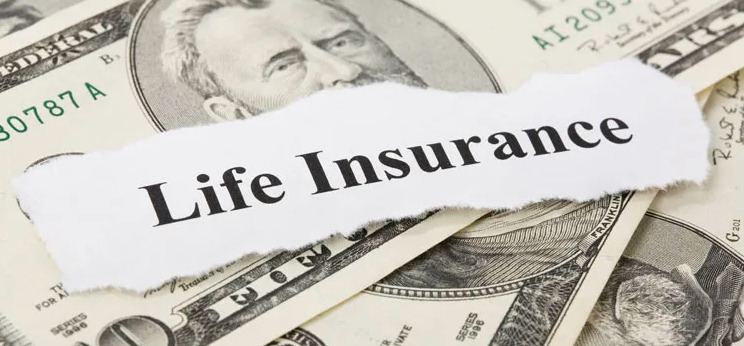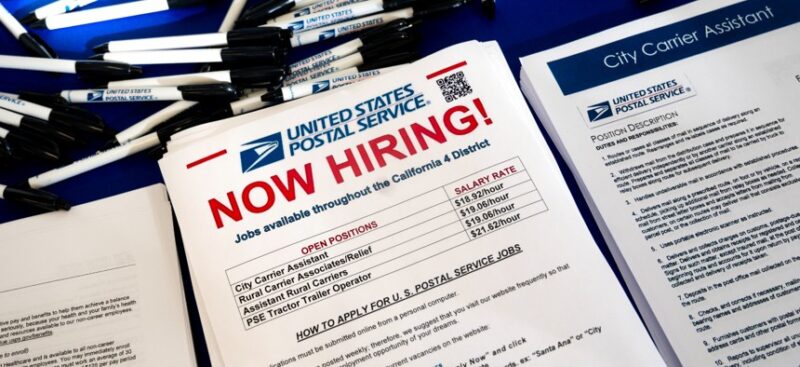
The number of retirees receiving social security benefits has increased from 34 million to 47 million in the US. It clearly indicates how important retirement planning is. Whether you have just kick-started or are at the mid-way of your career, it is never too late to plan your retirement.
According to a study, 39% of adults start saving for their retirement in their mid-20s. Another study suggests that an average American starts saving money for their retirement at age 31. When you want to begin your retirement planning, you need to increase your awareness, especially when you are a federal employee.
What is the federal employee retirement program?
Under FERS, a federal employee is eligible to receive benefits from three sources, a basic benefit plan, social security plan, and a thrift saving plan. A basic benefit plan is the most common type of retirement plan that every employee is eligible for. A thrift saving plan is similar to a private sector 401 (k), while social security is another type of benefit that a federal employee receives based on the eligibility criteria.
What if your employment comes under fers special retirement category?
If you fall under the category of fers special retirement, your retirement age would be less than other federal employees. They may retire at age 62, but you’ll be retiring at age 57; there will be a money gap till you become eligible for receiving social security benefits. But, you are eligible for receiving special supplemental benefits. It is an extra supplemental income that bridges the money gap till you become eligible for receiving FERS benefits.
Should you calculate your retirement benefits yourself?
You can calculate your retirement benefits yourself using a federal retirement calculator. All you need to know is your high three average salaries and year of creditable service. You can put all the values in the formula to calculate your estimate. However, you can calculate your estimate much more accurately with the help of professionals. But where can you find such professionals? Find out in the next point.
Seek professional help from My Federal Retirement Help
We are federal retirement planning specialists who offer guidance so you can choose the best retirement plan to meet your and your family’s needs. We will listen to your concerns and chart out personalized plans to meet your goals. In the end, we will make sure that your checklist is covered and that you can get the most out of federal employee retirement planning.









 Basic benefit plan
Basic benefit plan
